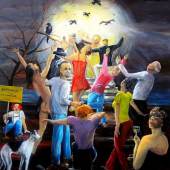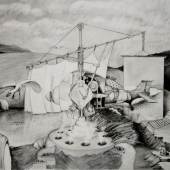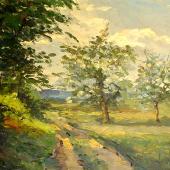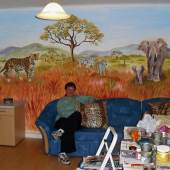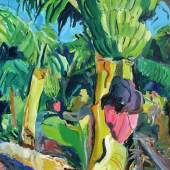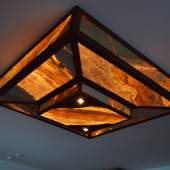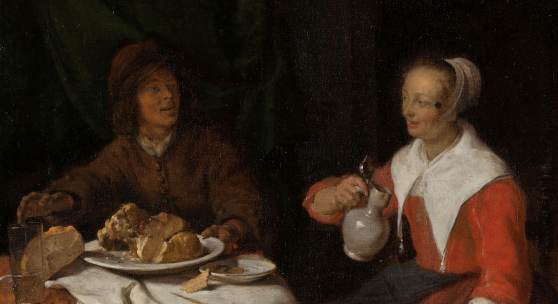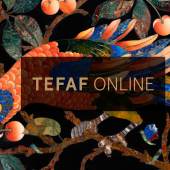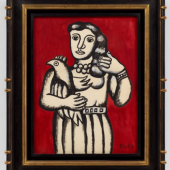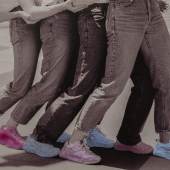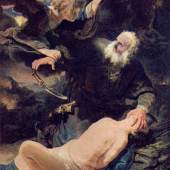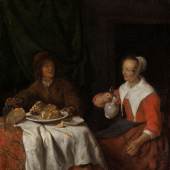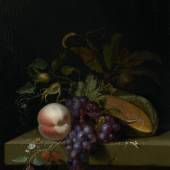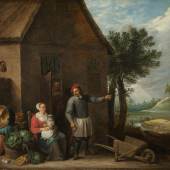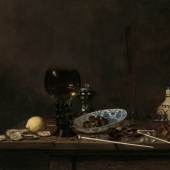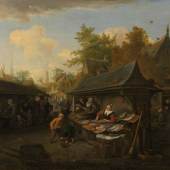Rijksmuseum exhibition at Schiphol Airport on 17th century dining culture
-
Ausstellung17.11.2023 - 17.11.2024
In Setting the Table, eight paintings from the Rijksmuseum collection trace Dutch dining culture in the 17th century. These still lifes and everyday scenes by artists such as Gabriël Metsu, Abraham Mignon and Cornelis Dusart reveal what people were eating, from whom they bought their food, and from where that food came. Setting the Table at Rijksmuseum Schiphol opens on 17 November and will run for a year. This exhibition is made possible by Amsterdam Airport Schiphol and ING.
Abundance
The rapid growth in trade in the 17th century prompted major shifts in Dutch dining culture: wealthy citizens started using Chinese porcelain objects as centrepieces on lavishly set tables, and supplementing local produce with foodstuffs from around the world. We can clearly trace these developments in still lifes. The 1651 painting Still Life with Roemer, Flute Glass, Earthenware Jug and Pipes by Jan Jansz van de Velde III, for example, also features tobacco and salt brought to the Netherlands by the Dutch West India Company, or WIC. And Still Life with Fruit by Pieter Gallis (1673) presents a range of fruits from China and Persia.
Bread, cheese and ham
Ordinary families had to make do with a rather less wide-ranging menu, with breakfast comprising mainly bread, cheese and ham, as we can see in Man and Woman at a Meal, by Gabriël Metsu (1650-1660). In the same painting we see the woman filling a flute glass with beer – people rarely drank plain water in this period, but consumed beer throughout the day.
Artichokes
It is striking that there are artichokes alongside the carrots and cabbages depicted in Husbandman at a Cottage Door with a Seated Woman and Child by David Teniers II (c. 1650-1655). Artichokes were new to the Netherlands in this period. They originally grew in the Mediterranean region, and were introduced to northern Europe in the 16th century.
Fish stall
The 1683 painting Fish Market by Cornelis Dusart shows a fish stall with a woman behind it preparing fish for sale. It was quite common in this time for middle-class women to sell food and other items to make a living. Women were even in the majority in the case of the fish trade, where they practiced a variety of occupations – in sales and delivery roles, and as suppliers of fish baskets.
The Rijksmuseum at Schiphol
In 2002, the Rijksmuseum became the first art museum to open a branch at an airport. Travellers are able to visit the museum free of charge, 24 hours a day. Rijksmuseum Schiphol is situated between Lounge 2 and Lounge 3 after passing through security at Amsterdam Airport Schiphol.
Vital support
The Rijksmuseum is grateful for all the forms of support it receives. Government funding, contributions from the business sector and funding organisations, as well as gifts, bequests and Friends are all of vital importance to the Rijksmuseum.
-
31.10.2020 - 04.11.2020DIE ERSTE TEFAF ONLINE: PREMIERE DER DIGITALEN MESSE MIT JE EINEM MEISTERWERK PRO GALERIE (...
-
11.03.2023 - 19.03.2023TEFAF MAASTRICHT 2023: DIE TEILNEHMER DER NEUGESTALTETEN UND ERWEITERTEN SEKTION TEFAF SHOWCASE...
-
20.09.2024 - 22.09.2024Unseen Photo Fair, the international art fair dedicated to the latest developments in...
-
Laut dem Kunstmarkthistoriker Gerald Reitinger (1970), gehörte Rembrandt zu den...
-
17.11.2023 - 17.11.2024
Tickets
The exhibition Vermeer runs from 10 February to 4 June at the Rijksmuseum.
Opening hours: Sunday – Wednesday 9am-6pm, Thursday - Saturday 9am-10pm. Start time required. Tickets can be purchased via the Rijksmuseum website Vermeer - Rijksmuseum
